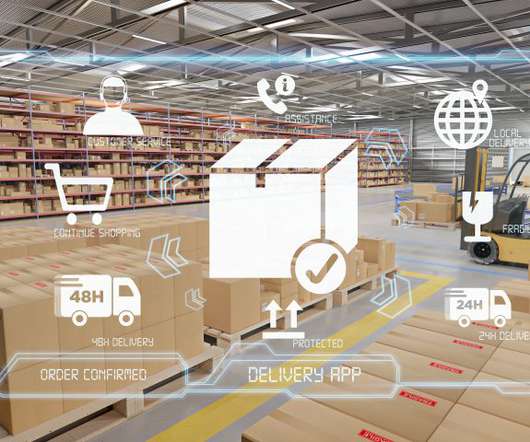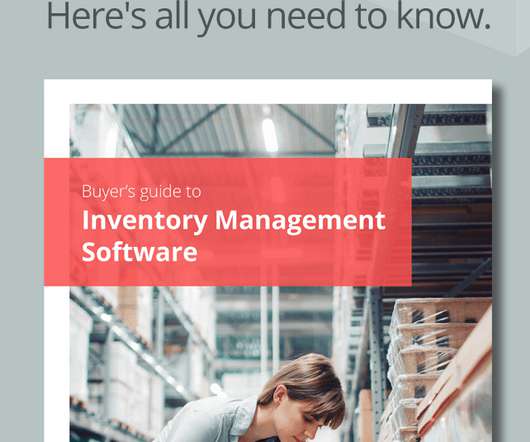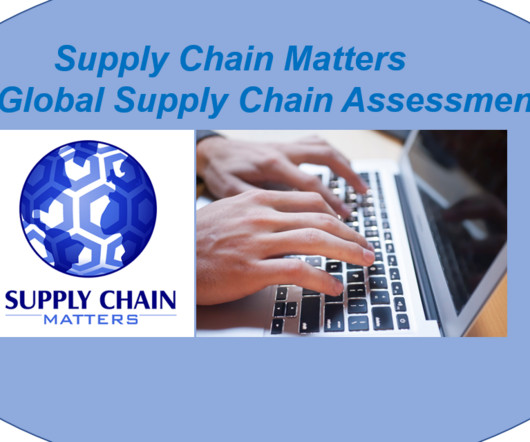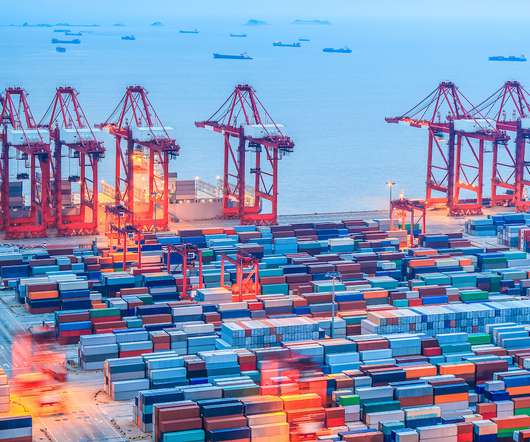Restructuring Global Value Chains & Tariff Reduction – A Continuous Evolution for Supply Chains
The Logistics & Supply Chain Management Society
AUGUST 19, 2022
are reporting that they are being inundated with requests from importers seeking to use provisions such as the “321 de minimis” rule, which allows goods worth less than $800 to be shipped to the U.S. Alternatively, you may want to relocate – totally or in part – where your product is manufactured. without being subject to tariffs.





















Let's personalize your content